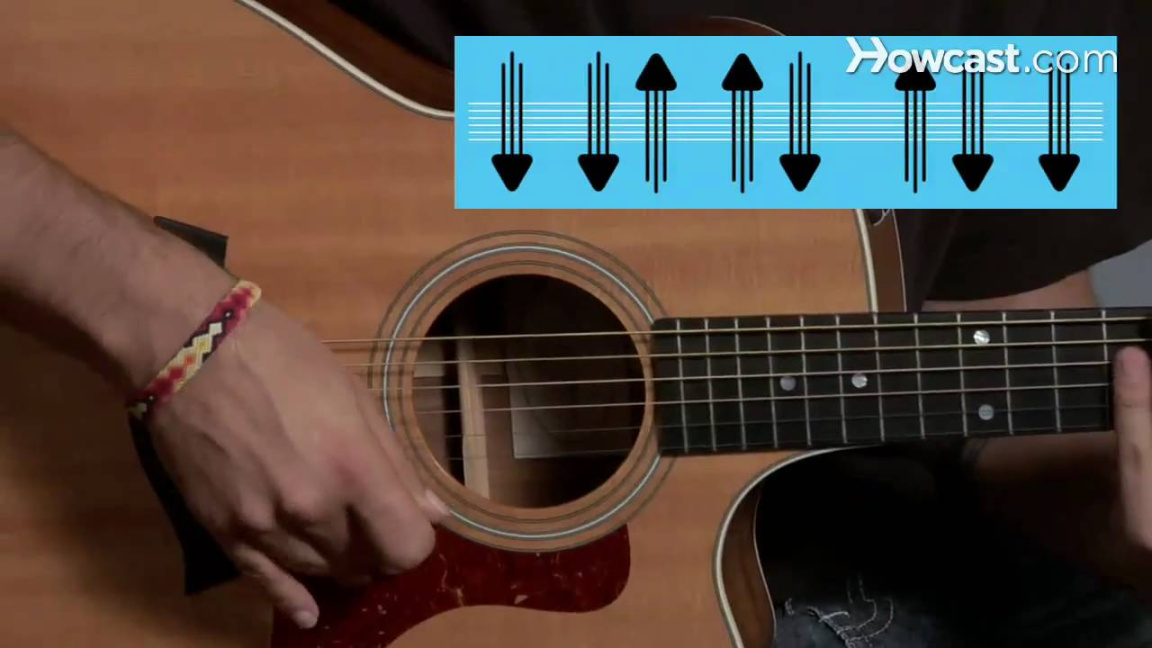Guitar Strumming Patterns: Your Gateway to Musical Rhythm
So, you’ve got a guitar. You’ve learned a few Chords, maybe even a simple song. That’s awesome! But now, you want to make those chords sound… well, musical. That’s where strumming patterns come in. They’re the rhythmic backbone of pretty much every song you’ll play. Think of them as the drumbeat your right (or left, if you’re a lefty) hand provides.
It’s easy to get overwhelmed by the sheer number of strumming patterns out there. But don’t worry, we’ll break it down into manageable chunks. We’ll start with the basics, then move onto some more interesting variations.
Understanding the Basics: Downstrokes and Upstrokes

At the heart of every strumming pattern are downstrokes and upstrokes. A downstroke is when you move your pick (or fingers) downwards across the strings. An upstroke is when you move it upwards. Simple, right?
Now, we need to talk about timing. In music, we divide time into beats. A standard measure (or bar) usually has four beats. We count them as “1, 2, 3, 4.” Each beat can be further divided into smaller units, like eighth notes or sixteenth notes, but let’s stick to the basics for now.
The Classic “Down-Down-Down-Down”
This is the most basic strumming pattern. It’s just downstrokes on every beat.
Count: 1, 2, 3, 4
This pattern is great for simple songs and beginners. It’s solid, steady, and easy to get the hang of.
Adding Upstrokes: The “Down-Up-Down-Up” Pattern
Now, let’s add some upstrokes. This is where things start to get a bit more interesting.
Count: 1, and, 2, and, 3, and, 4, and
The “and” in the count represents the upstroke. This pattern gives your playing a smoother, more flowing feel. It’s incredibly versatile and used in countless songs.
Variations on the Theme
Once you’ve mastered the basic down-up pattern, you can start experimenting with variations. Here are a few common ones:
Down-Down-Up-Up-Down-Up
This pattern has a bit more rhythmic complexity. It’s often used in folk and pop songs.
Count: 1, 2, and, 3, and, 4, and
Down-Down-Up-Down-Up-Up
Another popular variation, this one adds a bit of a shuffle feel.
Count: 1, 2, and, 3, and, 4, and
The “Chunk” Pattern
This pattern is often used in reggae and ska music. It involves muting the strings with your fretting hand to create a “chunk” sound.
Count: 1, 2, 3, 4
The chunk sound is achieved by lightly resting your fretting hand fingers on the strings while strumming.
Adding Emphasis: Accents
To make your strumming even more dynamic, you can add accents. An accent is when you play a particular strum louder than the others. You can experiment with accenting different beats to create different rhythmic feels.
For example, you could accent the second and fourth beats:
Count: 1, 2, 3, 4
Tips for Practicing Strumming Patterns
Start slow: Don’t try to play too fast too soon. Focus on getting the rhythm right.
Why Strumming Matters for SEO
You might wonder, “Why is this important for SEO?” Well, providing comprehensive and informative content is crucial for ranking well in search engines. By thoroughly explaining guitar strumming patterns, we’re creating valuable content that people are searching for. This helps establish authority and can lead to increased organic traffic. Furthermore, terms like “guitar strumming patterns,” “basic guitar strumming,” and specific pattern names are keywords that users are likely to search for.
Conclusion
Mastering guitar strumming patterns is a fundamental step in your musical journey. It’s what transforms simple chords into engaging rhythms, giving your playing life and character. Start with the basics, practice consistently, and don’t be afraid to experiment. With time and dedication, you’ll develop your own unique strumming style and be able to play a wide variety of songs. Remember that the journey of learning guitar is about enjoying the process. Every strum, every practice session brings you closer to your musical goals. So, grab your guitar, find a pattern you like, and start strumming. You’ll be amazed at how quickly you progress.

